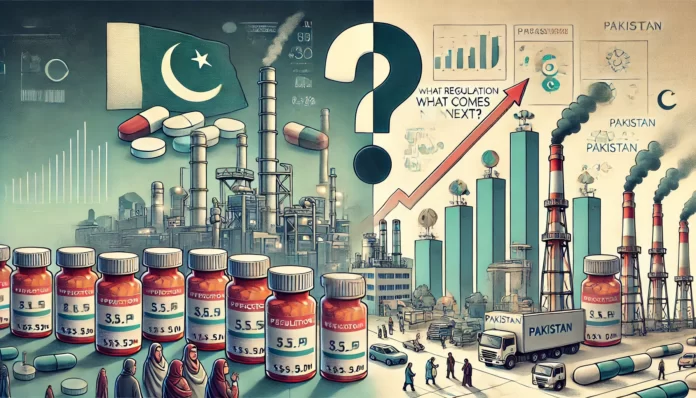In early 2022, there was a severe shortage of paracetamol, and of course, the blame game began as to who might be responsible. Some members of the Pakistan Young Pharmacist Association (PYPA) seized headlines, boldly accusing drug manufacturers of intentionally orchestrating a paracetamol shortage. What did they allege was the drug companies’ motive? To coerce consumers into buying a pricier, higher-dose variant of 665 mg, rather than the standard 500 mg. While the accusation may have added intrigue to an otherwise familiar dilemma, it highlighted a deeper issue in Pakistan’s healthcare: the chronic, and at times crippling, scarcity of essential medicines.
For decades, the state has attempted to keep medicine prices low, ostensibly to aid citizens but, arguably, more as a populist pitch for votes. The results of this paternalistic approach are exactly what one might expect: drugs vanishing from shelves, poorer quality substitutes, and profits evaporating for companies brave (or foolish) enough to stay in the game. Many have simply packed up and left Pakistan altogether. The result? Both consumers and producers end up as collateral damage in the policymakers’ convoluted strategy. The content in this publication is expensive to produce. But unlike other journalistic outfits, business publications have to cover the very organizations that directly give them advertisements. Hence, this large source of revenue, which is the lifeblood of other media houses, is severely compromised on account of Profit’s no-compromise policy when it comes to our reporting. No wonder, Profit has lost multiple ad deals, worth tens of millions of rupees, due to stories that held big businesses to account. Hence, for our work to continue unfettered, it must be supported by discerning readers who know the value of quality business journalism, not just for the economy but for the society as a whole.To read the full article, subscribe and support independent business journalism in Pakistan
























